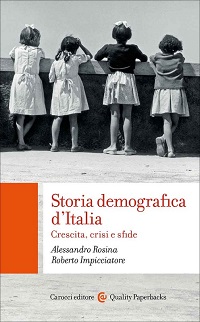| 20/06/2021 | |
| Xinhua |

ROME, June 19 (Xinhua) — The coronavirus pandemic is worsening Italy’s already pressing problem of declining birth rates, though experts say the country’s biggest demographic challenges pre-date the pandemic by decades.
The latest information from Italy’s National Institute of Statistics (ISTAT) showed that last year the country’s birth rate stood at 6.8 live births per 1,000 inhabitants, dipping below seven for the first time ever. This means that an average of less than 0.7 percent of the overall population was born in 2020, down from 7.0 live births per 1,000 people in 2019 and 7.3 the year before that. The figure for this year will not be available until early 2022.
Going back further, the data firm Statista reports that the figure dipped below 10 for the first time in 1990. In 1950, at the start of the post-World War II “baby boom”, the country registered 21.2 live births per 1,000 inhabitants, and just over a century ago, in 1920, the five-year average was 28.9.
According to Alessandro Rosina, a professor of demography at the Catholic University of Milan and the author of multiple books on population trends, the latest figures work out to a birth rate of 1.24 children per woman of child-bearing age — defined as between 15 and 49 — far below the two children per woman benchmark required to keep a population stable.
“In the years after World War II, Italy’s birth rate was among the highest in Europe, at around 2.70 children per woman,” Rosina said. “But the last year we had a birth rate of two children per woman was in 1977, and by the late 1980s, our birth rate was among the lowest in Europe.”



